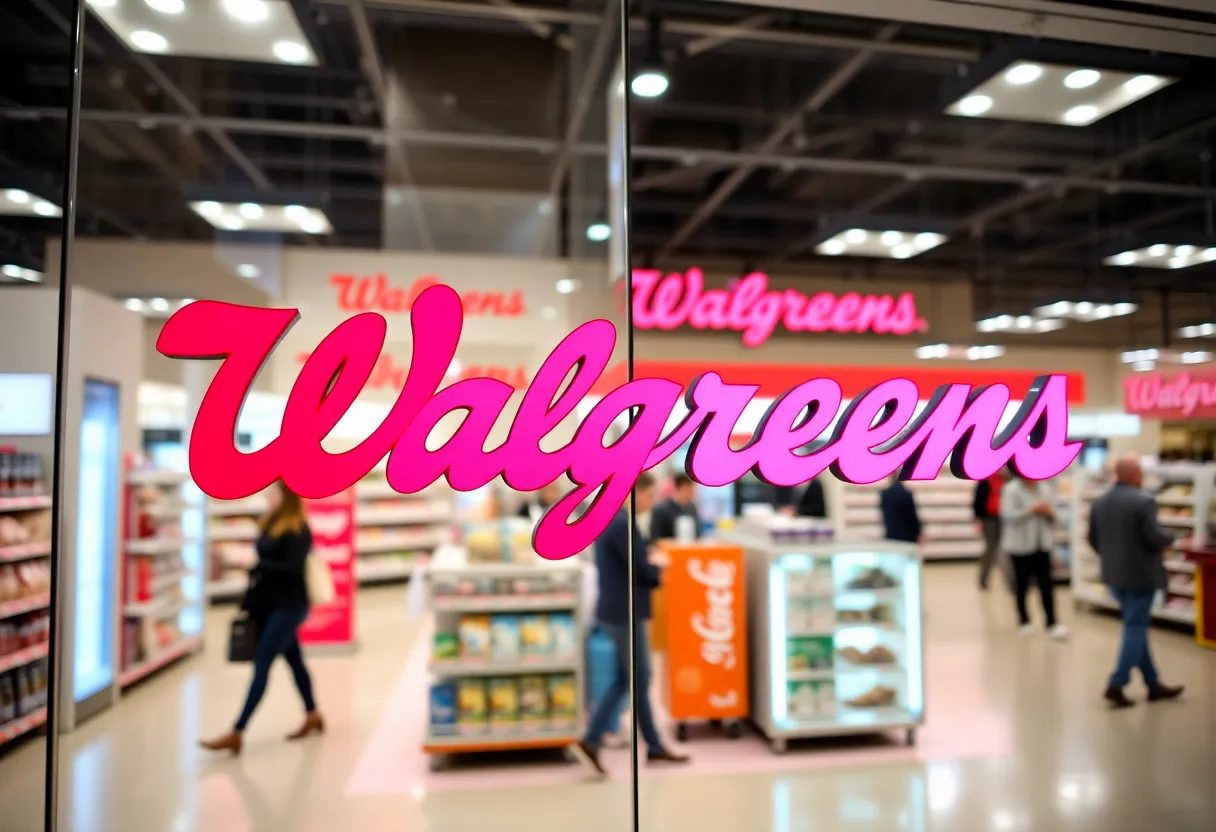

Walgreens adapting to modern consumer behaviors with innovative retail strategies.
Article Sponsored by:
Real Internet Sales is a digital marketing agency located in Columbia, South Carolina. We specialize in website design and development, SEO, social media management, online advertising, AI integration, and workflow automation. Our services also include affiliate marketing and digital strategy.
Real Internet Sales also offer specialized programming for real estate firms, using IDX and RETS feeds to automatically populate MLS properties on their websites for improved property listings and sales. We also work with clients in the restaurant, tourism, and e-commerce industries to enhance their digital presence and streamline operations.
Walgreens, once valued at $100 billion, has been acquired by Sycamore Partners for $10 billion as it struggles to adapt in a rapidly changing retail landscape. Leadership missteps and a fragmented online presence have contributed to its decline, but the company is now attempting to innovate by leveraging customer data and enhancing its omnichannel strategy.
Once riding high with a valuation of roughly $100 billion in 2015, Walgreens is facing a seismic shift as it has been acquired by private equity firm Sycamore Partners for approximately $10 billion as of March 2025. This drastic change isn’t just a business deal; it tells a significant story of consumer behavior, leadership decisions, and the ongoing evolution of retail.
So how did Walgreens tumble from grace? Experts point to a range of factors, which, when summed, show that the company struggled to evolve with the changing landscape of consumer needs. Leadership missteps, particularly concerning marketing and identity, played a key role. Once widely recognized and trusted, Walgreens has seen its relevance dwindle as it hesitated to adapt to new consumer demands.
While it sat on a solid strategic foundation—with 78% of the American population living close to a Walgreens store and a steady flow of in-store visitors—the company failed to transform its image in line with how convenience shopping is perceived today. Take a look at competitors like CVS and Amazon: they have built unique identities that attract customers. CVS made the bold move of stopping cigarette sales in 2014 to focus on healthcare, while Walgreens seemed caught in a gray area, struggling to define itself.
It’s no secret that the rise of e-commerce has reshaped shopping habits, and Walgreens found itself lagging behind. While CVS and Amazon have created seamless online experiences for customers, Walgreens remained stuck with a fragmented online presence. This has resulted in a less-than-stellar in-store experience as well, characterized by dim lighting and clutter that dampened what was once a bustling atmosphere.
As if that weren’t enough, staffing reductions compounded the issues, leading to longer wait times for customers filling prescriptions and, ultimately, dissatisfaction. To make matters worse, Walgreens’ marketing strategies relied heavily on generic discounting rather than targeted, personalized engagement. In a world where competitors like CVS and Amazon have mastered the art of customer loyalty programs, Walgreens often appeared to miss the mark.
However, with change comes opportunity. Walgreens is now learning to leverage its unique data from loyalty programs, aiming to reignite consumer engagement even amidst economic challenges. CEO Tim Wentworth highlighted that inflation is shifting consumer priorities, pushing them to look for value-focused purchasing options. In response, Walgreens recently launched 37 new private-label products in Q2 2025, targeting this growing demand for affordability.
The brand has also taken steps to enhance its omnichannel strategy. Focusing on customer convenience, Walgreens has introduced options like online ordering and same-day delivery service. They’ve even joined forces with the Grubhub network to boost delivery options. This is a step in the right direction for a company looking to redefine convenience.
As it stands, more than 39% of consumers identify as “Click-and-Mortar” shoppers, meaning they appreciate both online and in-store experiences. Walgreens is in a fierce battle to adapt, and they hold a distinct advantage through high-quality first-party data collected from loyalty programs, making them competitive in the retail media space.
Interestingly, Walgreens Advertising Group has climbed the ranks, now sitting among the top five retail media networks in the U.S. by impression delivery. However, when compared to CVS, which has effectively harnessed its larger loyalty program, Walgreens’ current strengths could soon turn into weaknesses if they cannot innovate and effectively connect with customers.
The journey of Walgreens serves as a cautionary tale for retailers everywhere. In today’s fast-paced market, failing to keep up with consumer demands can lead to steep declines. By embracing change, redefining its brand identity, and investing in both in-store and digital experiences, Walgreens may just have a chance to reclaim its relevance—one step at a time.
Walgreens Boots Alliance to Be Acquired in $10 Billion Deal
Kohl’s is Shutting Down 27 Stores: What You Need to Know
Petoskey Welcomes New Urgent Care Center
Petoskey Opens New Urgent Care Center in March

7001 St Andrews Rd #329 ,
Columbia, SC 29212,
United States
Phone: (+1) 803 708 5514
News Summary Multiple tornadoes struck Michigan overnight, affecting areas like St. Charles and Gregory. The…
News Summary A stunning fog phenomenon, termed a 'fog tsunami,' was recently filmed in South…
News Summary Severe thunderstorms hit Michigan on May 15, leaving over 260,000 residents without power.…
News Summary A local angler in Manitowoc, Wisconsin, has uncovered the wreck of the J.C.…
News Summary A severe storm system has hit Michigan, causing tornado warnings and widespread power…
News Summary In a shocking incident early Thursday morning in Farmington Hills, an SUV crashed…